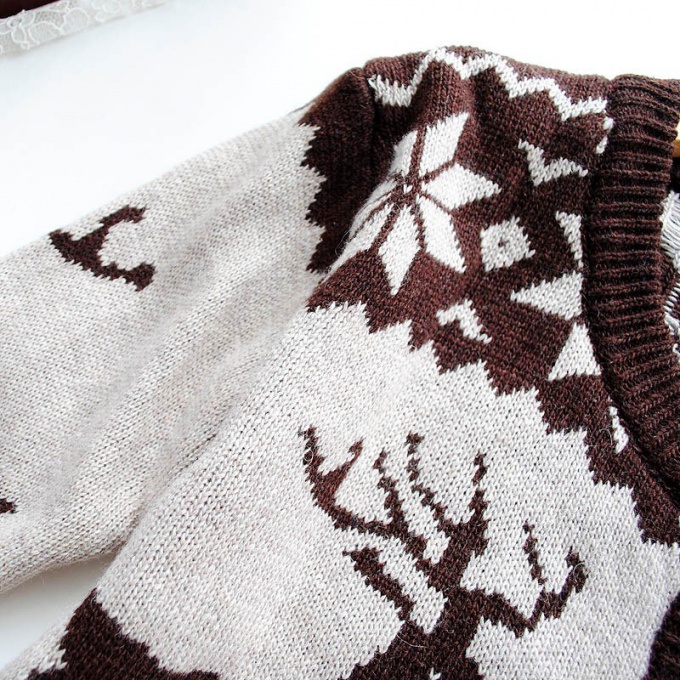You will need
- - colored threads;
- - the spokes;
- diagram of the pattern.
Instruction
1
If you have a terminal, which indicates the color of thread by rows, begin knitting the item from the bottom thread of the main color. When you get to where you want to start drawing, just link the background threads of thread of the desired color and knit the required number of colored loops, background thread must be from the inside. After the colored area, change the thread in places, leaving the inside color, and knit the main color.
2
Continue knitting this way, leaving a colored ball from the inside. So he spun and did not stop, put it in a plastic bag or kill it with a pin. This is especially important if several colored balls in a free form, they quickly get mixed up, and all your time will be spent on zamatyvanie balls.
3
Please note, if the color picture is big enough and the thread of the base color is extended to a great distance, it can confuse and hang when worn. In this case, every 5-6 loops twist strands together to catch the outstretched string. Try not to pull the thread tight, otherwise the picture may be deformed.
4
If the image elements of the same color a few, and they are located at a short distance, do not have to break the thread, just stretch it between drawings, hooking over the thread of the background.
5
If you can't master this technique, you knit stripes. First, knit a few rows of thread of one color, then knit with a thread of a different color. With proper selection of colors you'll have a great stylish thing, but note that the threads must be of the same density and composition.
6
Simple stripes can be more difficult to get the so-called "lazy" patterns. Provarite two rows with one color, then start knitting the next two rows, but some of the loops pull out of the previous one. If you don't have a schematic, try different options and find the most interesting.
